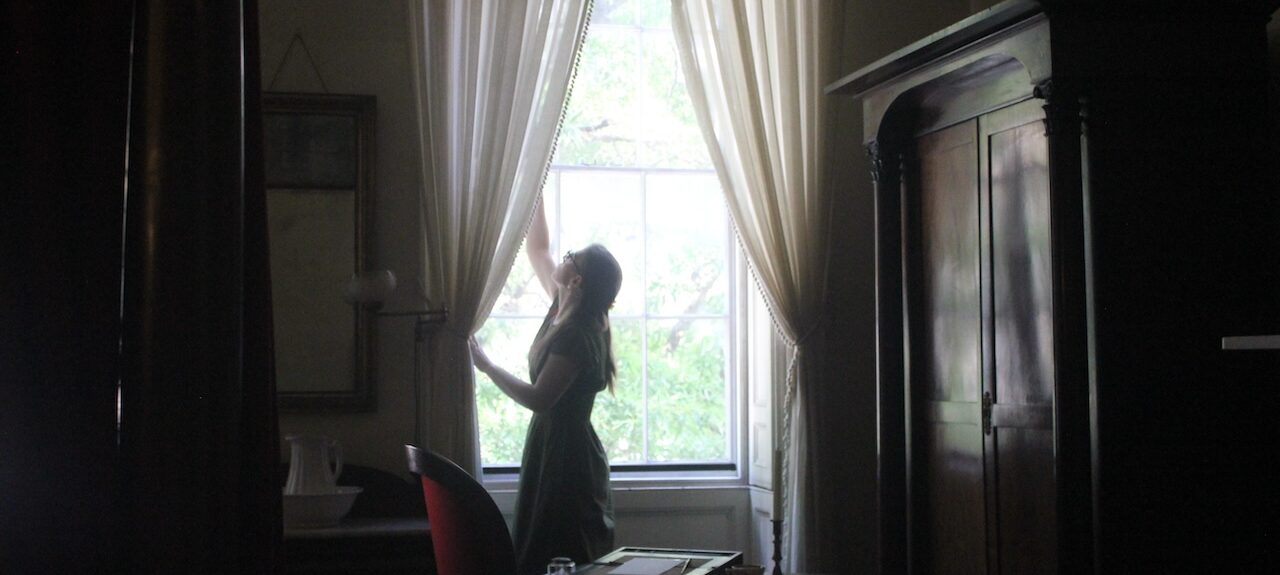Lifestyle & Culture
Fighting to save historic Merchant’s House
By Grace Andino
Twelve years into their fight to protect the Merchant’s House Museum, those who staff the facility on East Fourth Street said they still are hoping planned construction of a hotel next door will not proceed. They argue that the construction will threaten the museum’s structural integrity, possibly causing the place to crumble all around them.
“In the best-case scenario, where there is no damage from the neighboring construction’s vibrations, the 192-year old buildings’ delicate collection of artifacts, visitors. And staff are still at risk from the fragile plaster ceilings and walls,” said Emily Hill-Wright, the museum’s director of operations
New York City’s Landmark Preservation Commission approved the construction last December.
“If the Merchant’s House faces no lasting damage, which is a huge if,” Hill-Wright said, “we would need to close. Since the House is an exterior and interior landmark, all of the plaster work inside the house is ⸺ well, should be ⸺ protected by law.”
Her love of history and community service are what attracted Hill-Wright to the Merchant’s House, where she interned studying for a NYU’s master’s degree in museum studies..
“Seeing the rooms feels like you are back in the 19th century,” Hill-Wright said. “It’s a feeling you can’t get in a reproduction. It is unique to such an authentic locale.”
Hoping to ramp up its appeal to potential visitors, Hill-Wright initiated and oversaw the restoration of the family room during her internship. It returned carpet, paint color and furniture of the 1850s to help w meet Merchant’s House’s mission of accurately depicting historic, regional architecture, immigration and the lives of women.
“The house has a way of making you fall in love with it. So many of our staff started as volunteers or interns and just stay because they love this house,” Hill-Wright said.
Helen Lundström Erwin, a historical novelist, found a sense of community at Merchant’s House. “It’s not always easy to find like-minded people; we all tend to be very spread out. The house’s summer garden events introduced me to many historical writers who I shared, and still share, lovely conversations with.”
The museum’s five full-time staffers and 24 volunteers help with such events as house tours, informational sessions and weekly garden socials.
“The house feels very personal. It gives a very different feel from going to a museum, where it feels very large and there’s 30 people on a tour with you.” Erwin said. “As a writer who works from home, the house is a gold mine for me.”
“What is the LPC for if not to preserve landmarks?” Hill-Wright said. “The entire ordeal has been disheartening. I don’t see how a city can be successful if it is ignoring its own history.”
An estimated $1 million has been spent on legal fees and engineers, money that workers believe should have gone into advancing the house, providing for its workers and educating the public. Since word got out about the threats to the Merchant’s House, government officials, allies and organizations joined forces by protesting and informing the public on their efforts to rally for the museum’s preservation.
“We all have bonded together during this time for our love of the house and its history,” said Catherine Tamarelli, a Merchant’s House volunteer.
“We are doing a lot to socialize the current act,” volunteer Isabel Watkins said. “But I feel a feeling of helplessness on my end. I can only do as much as I’m doing to help, but I hope others realize that.”


